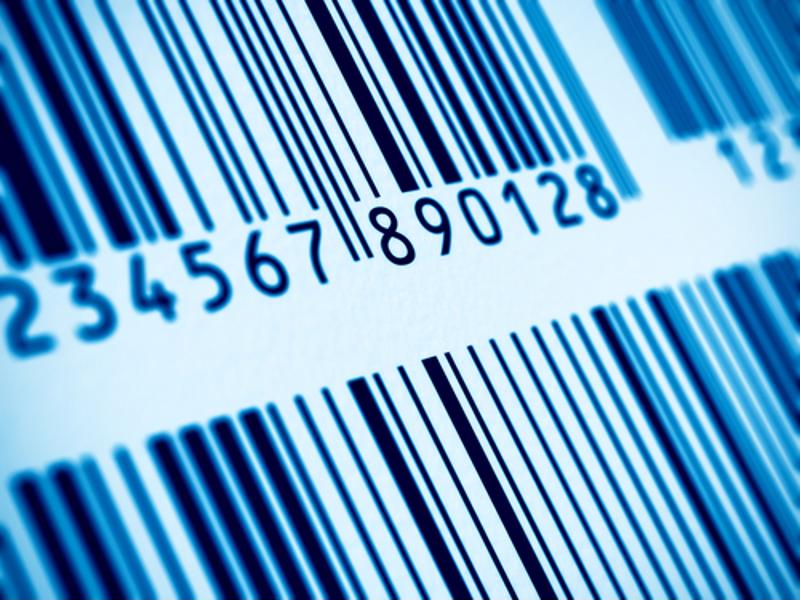Procter & Gamble, which makes everything from deodorants to dishwashing detergents, says it will soon begin charging more for a number of its products. In an earnings call, P&G CFO Andre Schulten said consumers will be spending more on several of its laundry and personal health care products, such as Tide, Bounty, and Crest toothpaste, among others.
"Transportation and labor markets remain tight, availability of materials remain stretched in some categories and in some markets, inflationary pressures are broad-based with little sign of near term relief," Schulten noted in the earnings call with reporters.
Chemicals are pricier
More expensive raw materials are the issue for P&G. Schulten noted that across commodity classes, prices have climbed 44%, with prices for certain chemicals increasing sharply, up 60% from what the company was spending at this time last year. The reason for this has everything to do with the supply chain. According to a poll done in January by the American Chemistry Council, 98% of chemical manufacturers acknowledged having to adjust their production processes because of issues they were encountering with supply. Some of the most commonly cited problems were delays in shipping, limited availability of raw materials and spending more on transportation services. Close to 95% of respondents said their business costs had risen.
"Our member companies have made it very clear that widespread problems across all modes of transportation created an unwelcome and very disruptive environment for chemical manufacturers," said Martha Moore, chief economist for the ACC.
With the supply chain disruptions ongoing and not expected to subside in the near future, ACC executives say higher costs will continue for the entirety of 2022.

Alternative solutions also driving costs
In the meantime, Proctor & Gamble has resorted to alternative methods and solutions to obtain the necessary raw materials for their production processes. Schulten said those activities have also driven the company's costs higher, hence the need for their own price adjustments.
"When we need to shift to alternate materials, when we need to shift to alternate suppliers, or sources of materials geographically, that comes as a premium," Schulten said, as quoted by Supply Chain Dive.
Just about every commodity costs manufacturers more to produce or procure. In January, for example, aluminum, copper, electrical components, lumber, resin-based products, packaging film, vegetable oils and paper products were all up in price over the previous month, according to the Institute for Supply Management. The only commodities that cost less were certain steel products, plastics and petroleum.
To P&G's credit, the company acted early to avoid supply chain issues. Schulten, in October, said it would start leveraging different suppliers and would also reformulate some of its products, but not to a degree that would affect the buyers of those items. From a cost perspective, things have changed — or soon will.



Post A Comment:
0 comments so far,add yours